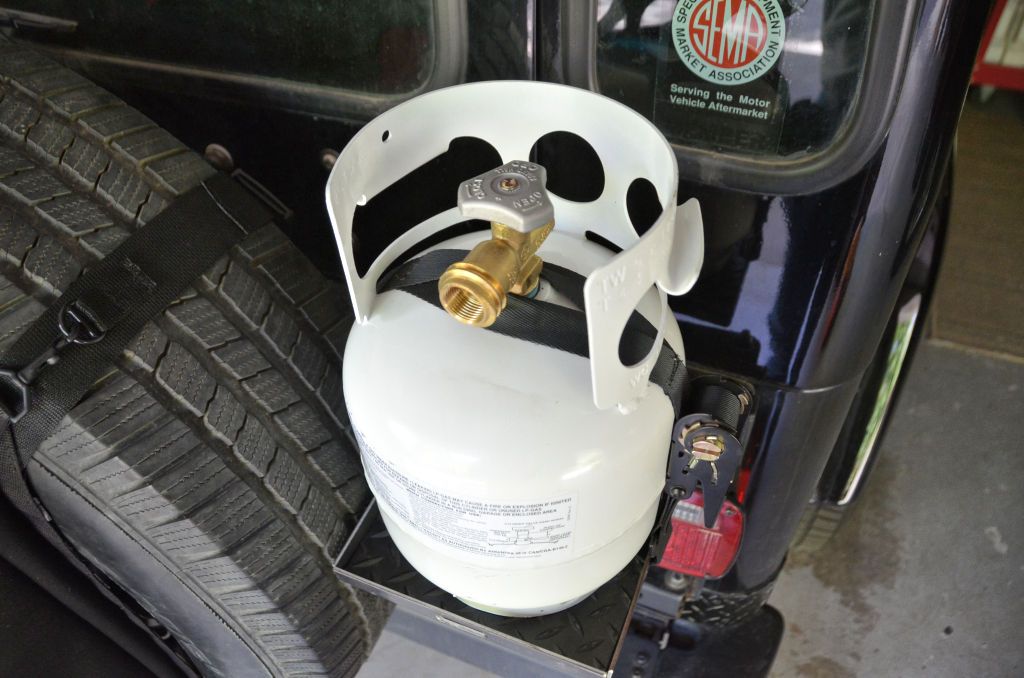Since a question came up the other day about making a Tropical Roof for a JK, here's more on the subject...
Background: the Tropical Roof was a panel that installed about an inch above the main roof and provided an air gap so the hot sun didn't beat down on the main roof. Reports are that it was effective in reducing the heat inside the vehicle in sunny situations. The Topical Roof panel was closely shaped to follow the roof:
If I were to make a Tropical Roof panel for a JK (or any vehicle), to get it to match the shape of the roof I would make a mold directly on the roof and mold the panels from that mold. Done correctly, making a mold on a vehicle is quite easy and very safe - no body damage will result.
When I was making the molds for the rear flat fenders for the JK, I needed to exactly match the shaped mounting flange on the Jeep body, so I made a mold of the flange right on the body. Here's the procedure.
1. Mask off all of the areas not to be molded. Be over-cautious and use lots of plastic sheet to avoid overspray.
2. Liberally apply mold release wax and when that's dry, spray PVA mold release film on the area to be molded (no photo). Wax protects the body surface and PVA protects the wax with a water-soluable plastic film over the area.
3. Spray gelcoat (a special resin that forms the surface of the part) on the area and follow that up with fiberglass layup - fiberglass mat soaked in resin. Gelcoat:
Layup:
4. When the fiberglass has cured, pop the part off the Jeep:
5. Once the part has been removed, remove all of the masking and clean the remaining mold release off the body.
Using that procedure you can safely make a mold from the top of the roof which will exactly match the shape and details of the roof. It'll be a female mold (like a cake pan) that you can use to mold the final part in. Use that mold (prepping it with wax and PVA followed by gelcoat and fiberglass layup) to make the final Tropical Roof panel.
Once the Tropical panel is removed from the mold, trim the edges and either mount it to the top of the hardtop with spacer blocks, or mount it to the bottom of a roof rack so it sits above the hardtop.




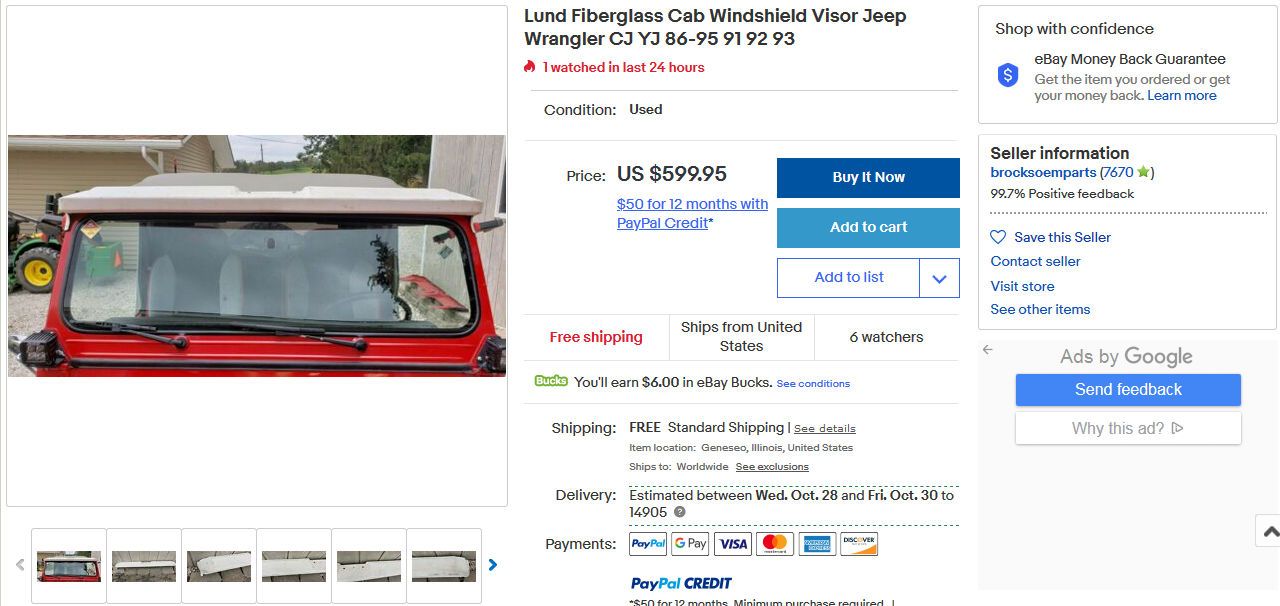




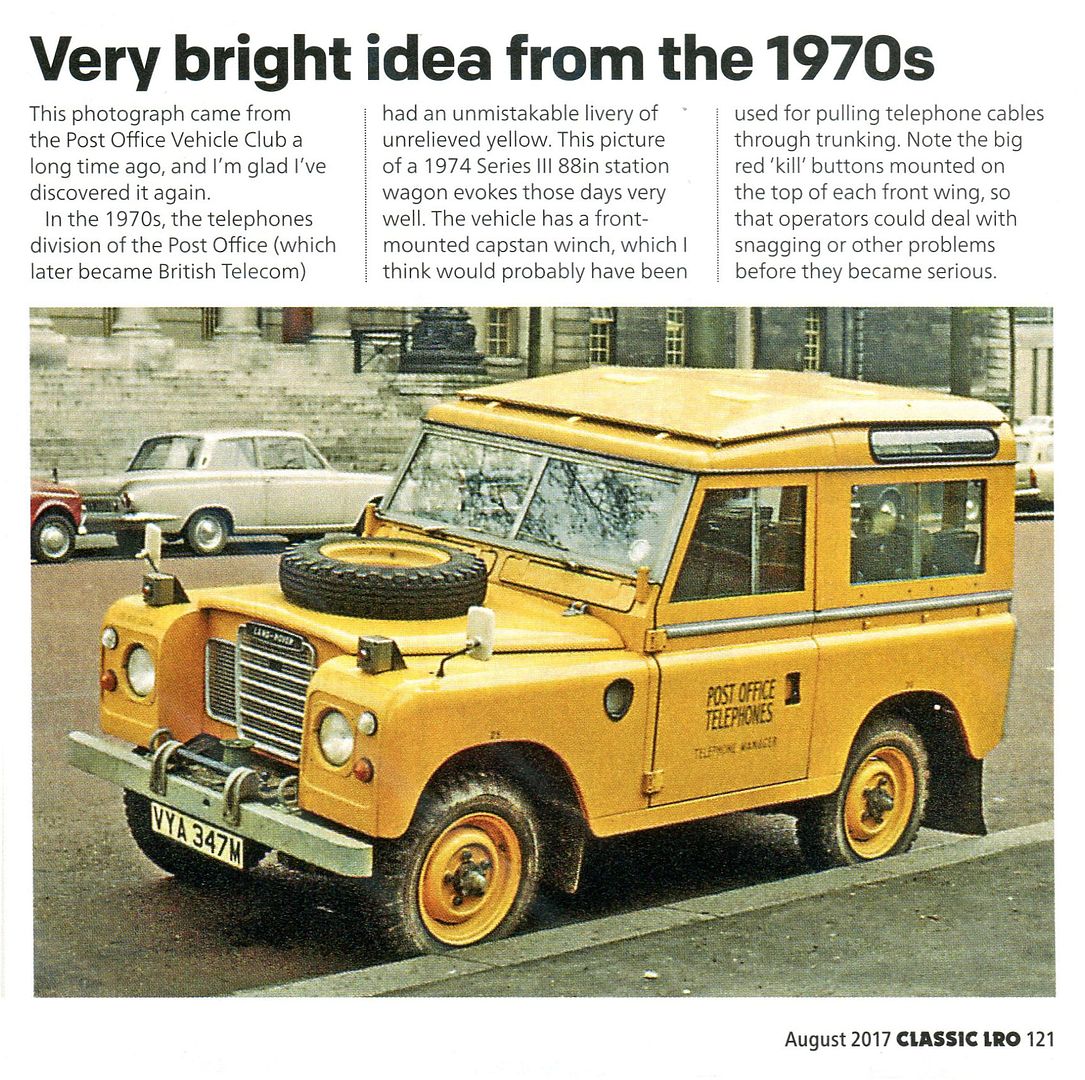
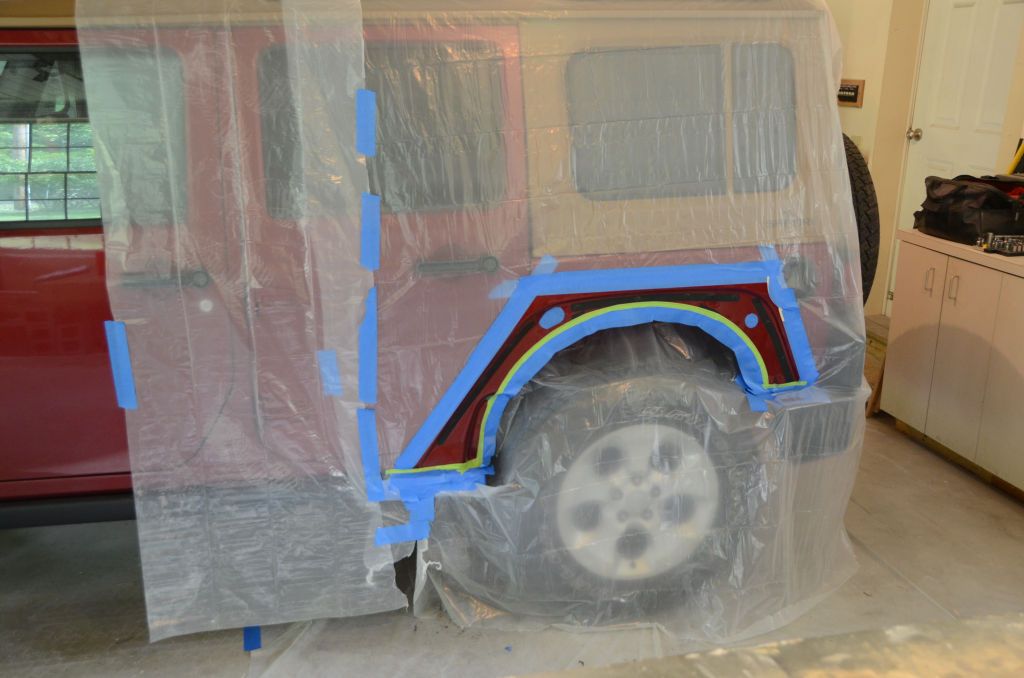






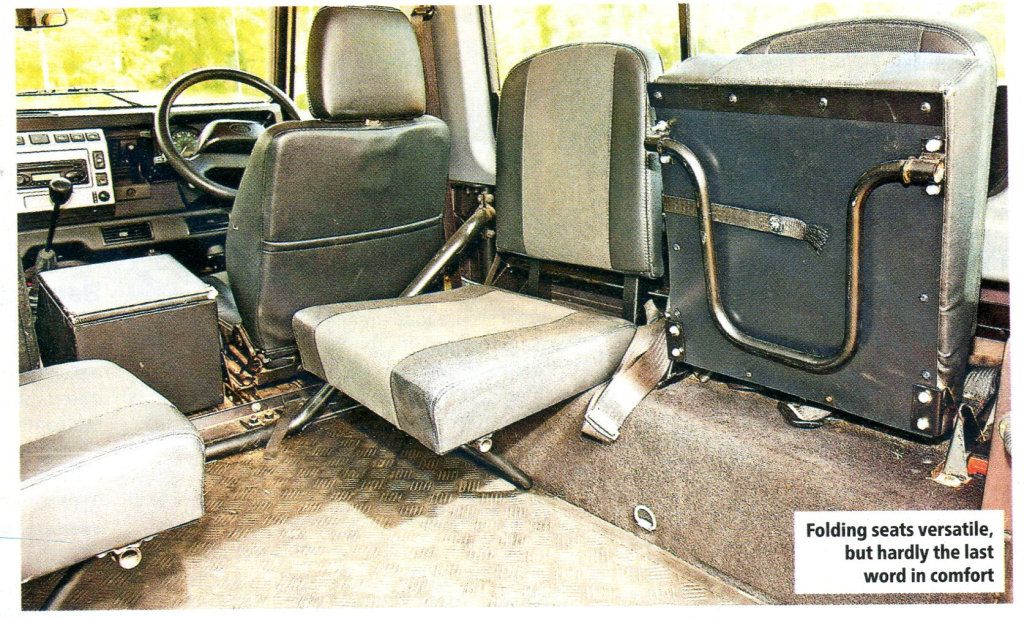




.JPG?)













